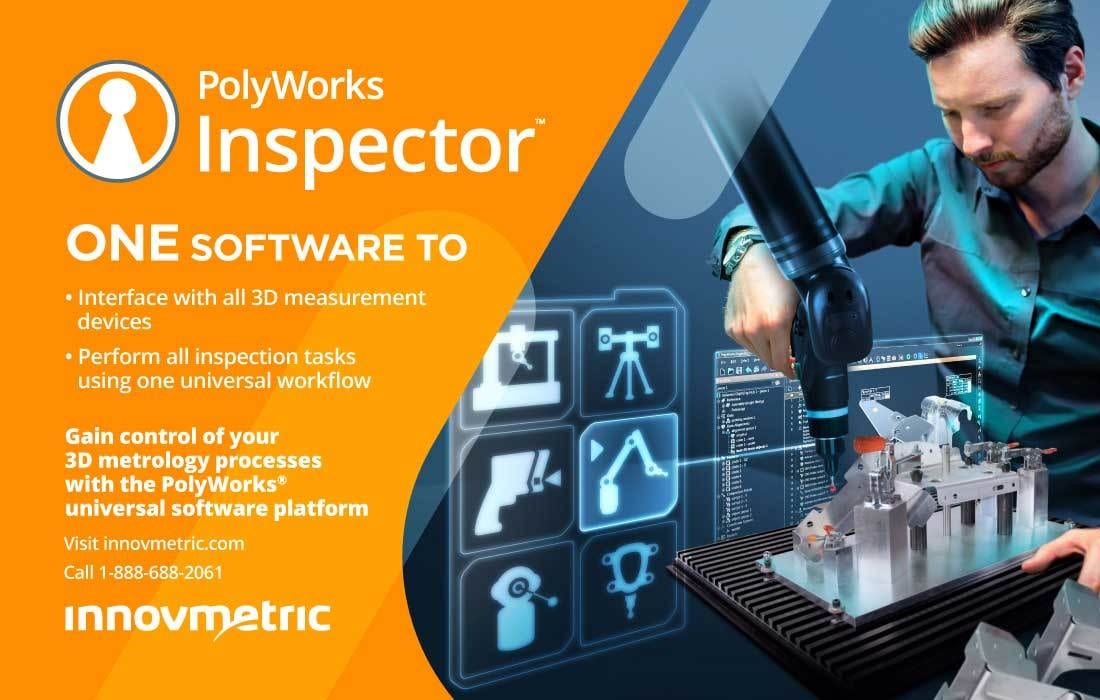Face of Quality
Jim L. Smith
Face of Quality | Jim L. Smith
History reveals that modernization creates more jobs than it eliminates.
Transformation

There is a lot of attention given to the growth of automation, specifically to robotics and artificial intelligence (AI), and its potential impact on the economy and the work force, current and future.
From my view, no one has a crystal ball, but one thing is for sure. Once the genie is out of the bottle, it won’t go back in. Innovation has put us on the path to significant change more than at previous times, and there’s no going back! Society will have to find ways to deal with what’s coming.
Before exploring the inevitable, an overview of history might be helpful. After all, history can predict the future. Mark Twain said, “History doesn’t repeat itself, but it does rhyme.”
Automation isn’t new. The first industrial revolution started early in the 18th century in Britain, but over a few short years spread around the globe. The first wave of the industrial revolution shifted to large factories with mechanization, which led to mass production.
Certainly, the industrial revolution era brought about many changes – some good and some not so good. It required radical adjustment by government, business, and the workforce but it didn’t happen overnight. With the advent of mechanization, it would take more than another generation to solve some of these issues.
About a third of the jobs in the U.S. today didn’t exist three decades ago.
Eventually, however, most of the problems were completely resolved or greatly improved. The industrial revolution was the springboard that led to most of what society enjoys today.
The negative outcomes were brutal, however. Factory work was characterized by long hours, stress, injuries, and a host of other issues, but for the most part, these shortcomings were addressed over time.
Most of what we use and enjoy in our daily lives today can be attributed to the era of manufacturing. It opened the door for greatly improved economies that enhanced society and resulted in better lives for the working class of industrialized countries.
During this era, there were concerns about employment, work hours, and wages. What happened to the workforce? Did workers become extinct? Did workers’ financial situation decline? Were living conditions adversely affected?
The massive job loss didn’t happen as feared. Productivity dramatically improved, and the number of jobs increased exponentially. Although some jobs and tasks were replaced by mechanization, far more jobs were created and many at higher wages! Because of higher wages, living conditions and education greatly improved.
What can we expect from this new wave of change, referred to as the fourth wave of industrial revolution, and led by the expansion of AI? Will the sky fall, or can we expect the same outcome as the first three waves? The story is still being written.
At the time the first wave of industrial revolution hit America, about half of the U.S. workforce was dedicated to agriculture. However, with the advent of tractors, combines, etc., a great percentage of those jobs went away! Did the economy or the overall workforce dwindle as well?
As agricultural employment dropped off, jobs in other sectors grew significantly. Displaced farm workers had to relocate to take other employment and learn new skills. Different work at mostly higher wages created a new and expanding middle class. (Sadly, some workers were unable, or unwilling, to make the transition, but that’s another story.)
Now that we’re moving quickly into the fourth wave of industrial revolution, what can we expect?
Experts disagree. As before, expect to have short-term labor displacement caused by some jobs going away. Different skills will be needed to fill new jobs, many of which are not even known at this time. (About a third of the jobs in the U.S. today didn’t exist three decades ago.)
If history is any barometer, wages will increase, causing a better standard of living for many workers, their families, and society.
One thing is for sure, progress isn’t going to stop. Heraclitus, the Greek philosopher living in 500 B.C., is reported to have said, “There is nothing permanent, except change” so we’re going to have to find some way to come to grips with what is on the horizon.
Just like during the previous industrial revolutions, it will take everyone working together to make the transition. Government and business must focus on providing the right skills and training for the current workforce to ensure a continuation of the positive impact of robotics (AI) on employment, job quality and wages for both the immediate and future workers.
Workers must be willing to accept that another major change is looming. It’s inevitable, the genie is already out of the bottle. Maya Angelou, the renowned American poet, said, “If you don’t like something, change it. If you can’t change it, change your attitude.” If history tells us anything, this change won’t spell doom and gloom for the workforce as some predict. The major shift in automation and AI will mean a transformation of significant proportion but it will be the launch pad for bigger and better tomorrows.

